This studio was behind the Nintendo Switch ports of Dark Souls Remastered and Hellblade: Senua’s Sacrifice, so they do have the knowledge on how to make good quality ports of games to the big N’s hybrid platform.
Sektor, a Slovak website interviewed Milosz Bialas, QLOC‘s head of communications, and we learned more interesting details from him.
He thinks that Hellblade: Senua’s Sacrifice’s Nintendo Switch port was impressive work by the team. The Switch’s display allowed them to scale back resolution, details, and effects without us noticing it on the screen. that wouldn’t be noticeable on the screen. They also had to work around the lower power of the Switch compared to the PlayStation 4 and the Xbox One (because yes, the Switch is indeed weaker). He pointed at the cutscenes: these are pre-rendered on the Switch, and for a good reason: the real-time cutscenes ran badly. The situation was so bad that they achieved ten frames per second only showing Senua’s face in real-time!
Bialas pointed out the hardware limitations of the Switch, too, namely the lack of RAM, slow GPU and storage speed. For open-world and semi open-world games such as Hellblade, the biggest issue was the storage and GPU’s low speeds. They prefer to use smaller textures to work around these limitations that are mostly an issue only when porting games from other platforms. If they make a game for the Switch from the ground-up, they can create the assets (such as textures) with these limitations in mind. And still, working with Nintendo is smooth – they are supportive by providing detailed documentation and their requirements are clear.
So aside from Saber Interactive (they worked on the Nintendo Switch port of The Witcher 3), QLOC is also respectable when it comes to porting to the hybrid platform.
Source: WCCFTech
Please support our page theGeek.games on Patreon, so we can continue to write you the latest gaming, movie and tech news and reviews as an independent magazine.
Become a Patron!

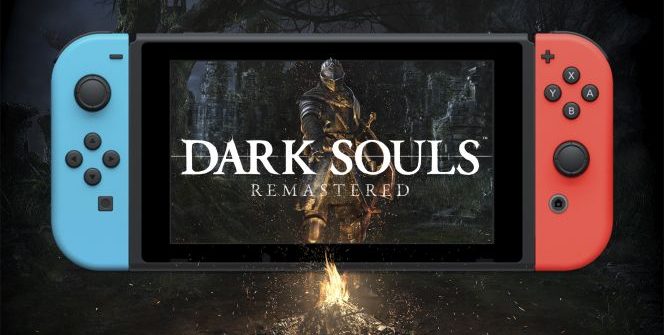
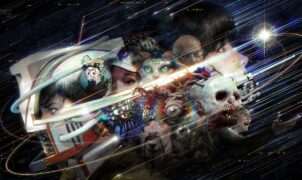
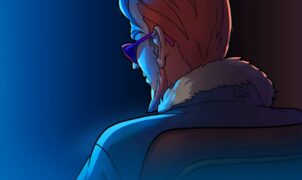

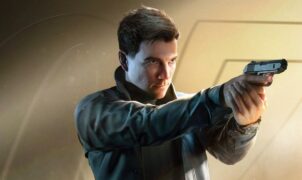
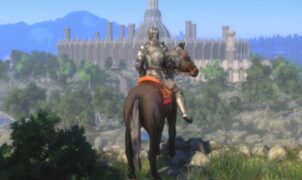
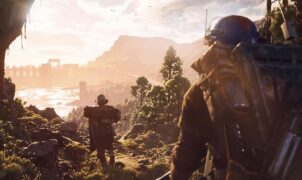


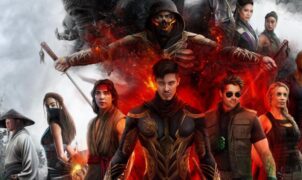
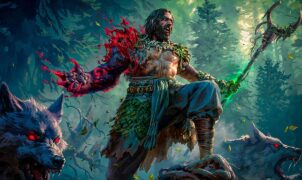
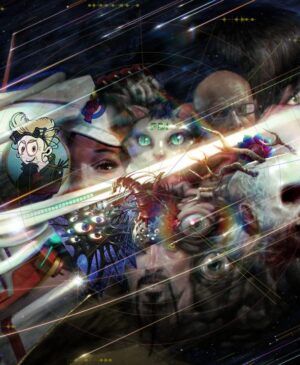
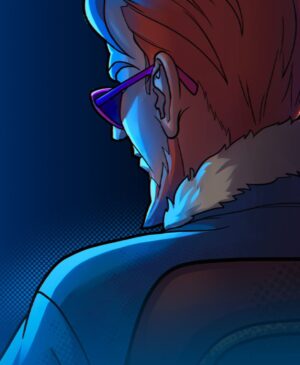

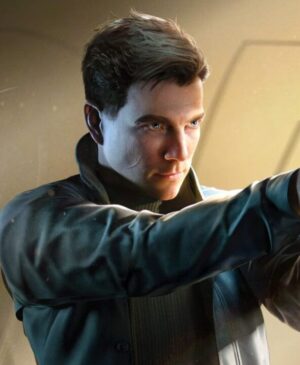
Leave a Reply